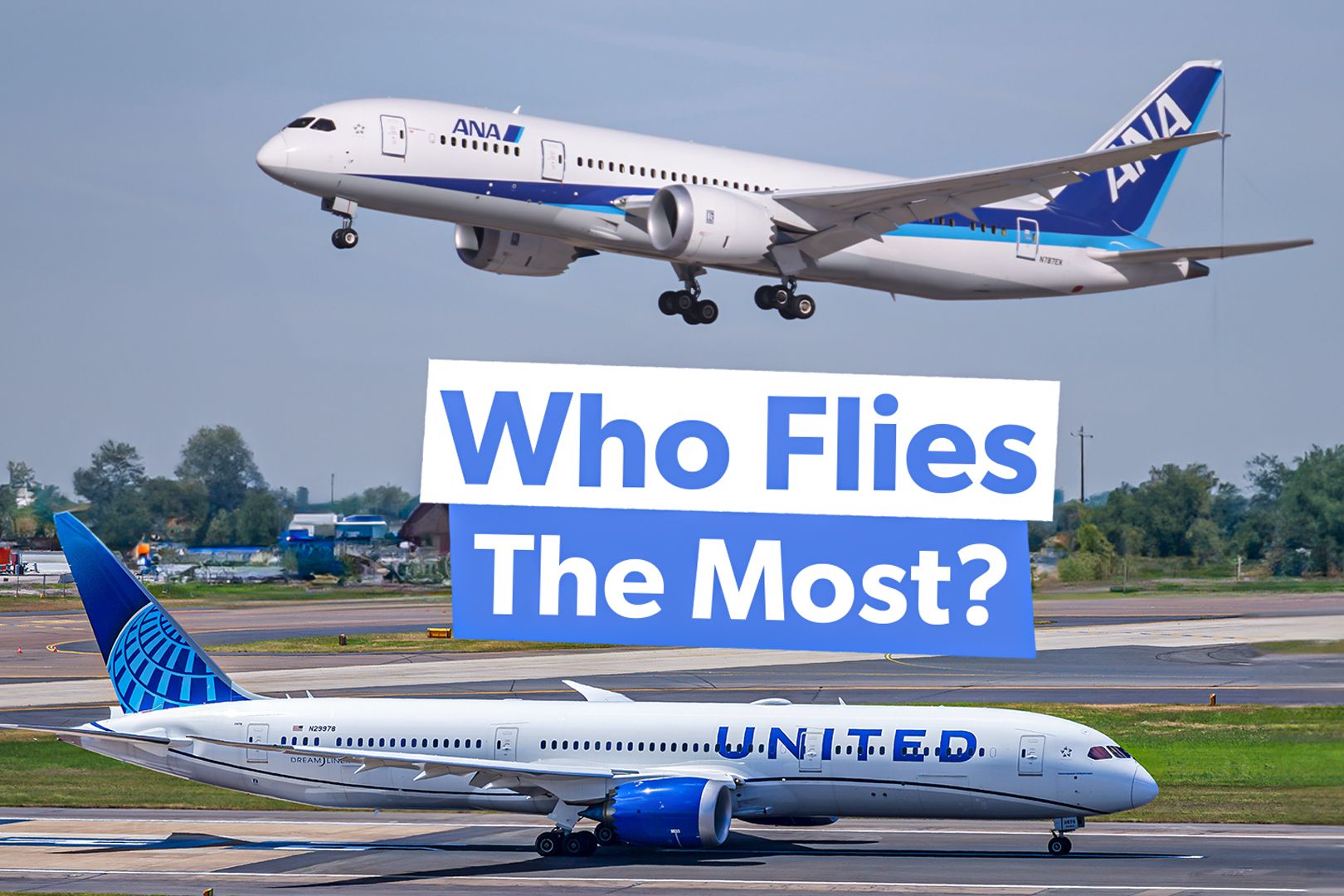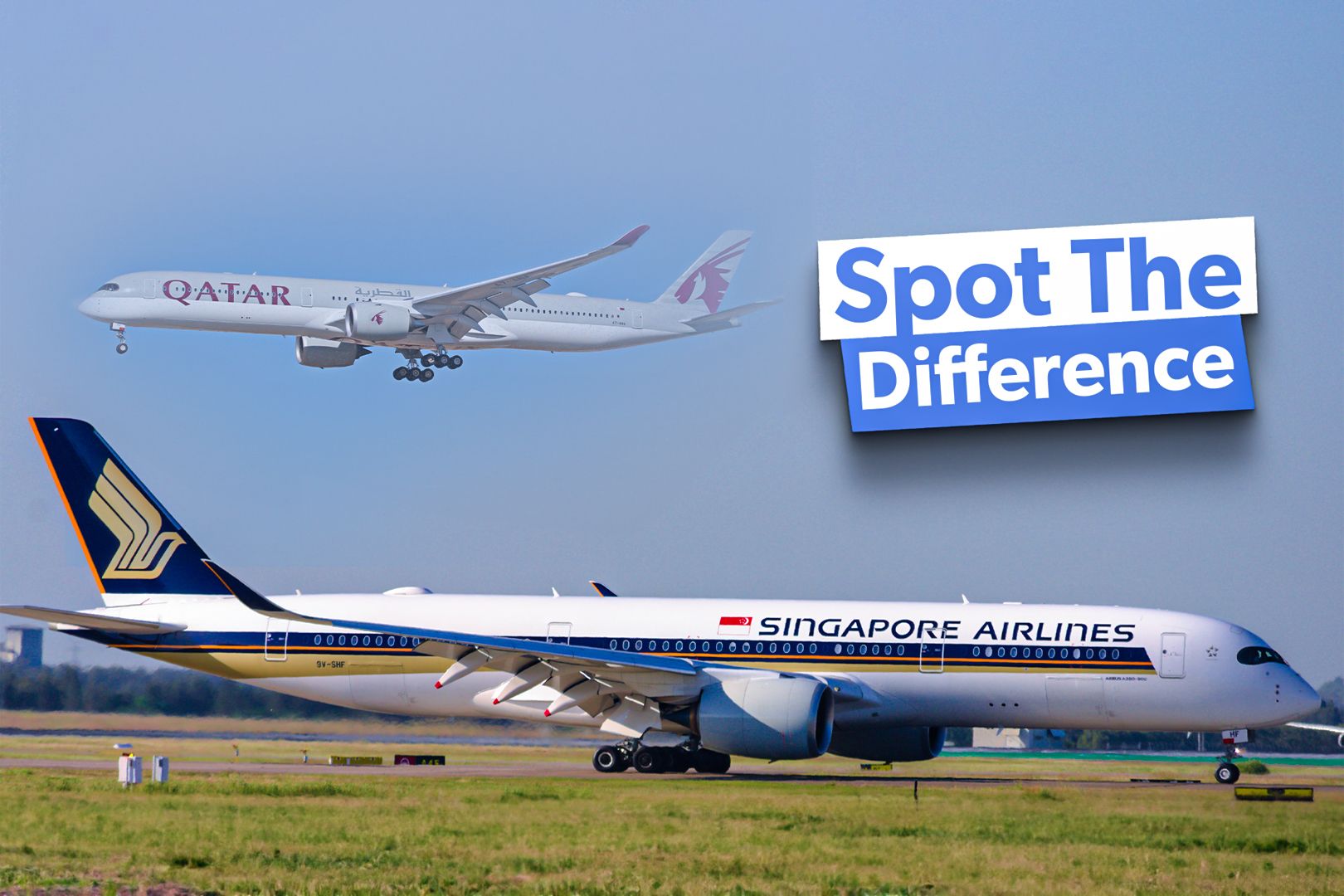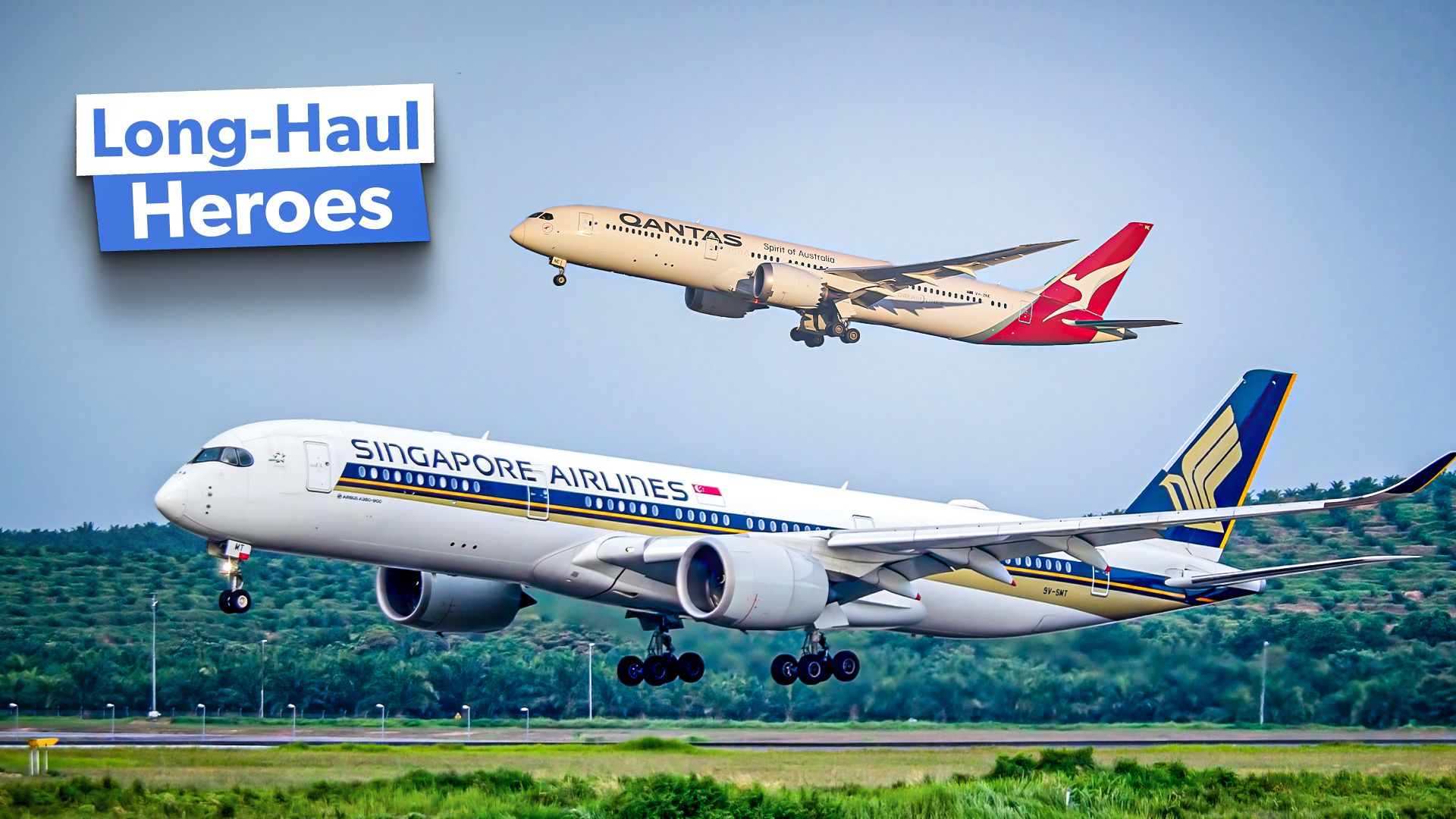Summary
- The Airbus A350-900ULR excels in ultra-long-range flights with new comfort features and an impressive 17,964 km range.
- The Boeing 787 Dreamliner is also capable of ultra-long-haul flights, offering passenger comfort, quieter operation and contributing to reduced passenger fatigue.
- The A350 and 787 dominate ultra-long routes due to fuel efficiency, passenger comfort, better direct-route connectivity, and attracting new airlines to ultra-long-haul operations.
The
Boeing 787
and
Airbus A350
compete for the top spot in long-haul flights. The 787, launched earlier, initially took the lead in orders, while the A350 has proven competitive despite a higher price point.
Both models face supply chain challenges but are expected to have similar production volumes soon. But who is the absolute ruler of intercontinental routes?
The Raccoon and the Dreamliner
Ultra-long-range airlines tend to prefer the Airbus A350, especially the A350-900, which can travel between any two cities worldwide without ever stopping.
|
Airbus A350 variants |
|||
|---|---|---|---|
|
Aircraft |
A350-900 |
A350-900ULR |
A350-1000 |
|
Range (under standard operating conditions) |
15,372 km (9,551 miles) |
17,964 km (11,162 miles) |
16,112 km (10,011 miles) |
|
Maximum seating |
440 passengers |
440 passengers |
480 passengers |
|
MTOW |
283,000 kg (624,000 lb) |
280,000 kg (617,000 lb) |
319,000 kg (703,000 lb) |
Singapore Airlines, the world’s longest flight operator and flag carrier of Singapore, has configured its A350-900ULR (Ultra Long Range) with 161 premium economy and business class seats (configuration two) to enhance range and comfort during these long-haul flights.
The airplane has also been designed with bigger windows, higher ceilings and a new air system that fights jet lag, hence it is attractive for long-haul travel.
The Boeing 787 Dreamliner, while initially designed for medium-to-long-haul routes, has also proven its mettle on ultra-long-haul flights. With a range of up to 14,010 km (8,705 miles) for the 787-9 variant, it can also handle most of the world’s longest routes.
|
Boeing 787 variants |
|||
|---|---|---|---|
|
Aircraft |
787-8 |
787-9 |
787-10 |
|
Range (under standard operating conditions) |
13,530 km (8,407 miles) |
14,010 km (8,705 miles) |
11,730 km (7,289 miles) |
|
Passengers (two-class) |
248 passengers |
296 passengers |
336 passengers |
|
MTOW |
227,950 kg (502,500 lb) |
254,700 kg (561,500 lb) |
254,000 kg (560,000 lb) |
The Boeing 787 Dreamliner, while initially designed for medium-to-long-haul routes, has also proven its mettle on ultra-long-haul flights. With a range of up to 14,010 km (8,705 miles) for the 787-9 variant, it can also handle most of the world’s longest routes.
Aircraft operators prefer the Dreamliner when they try new long-haul flights because of its advanced aerodynamics, use of composite materials, and efficient engines (General Electric’s GEnx or Rolls-Royce’s Trent 1000). The aircraft’s lower cabin altitude, higher humidity levels, and quieter operation contribute to reduced passenger fatigue on these marathon flights.
Qantas, for instance, used the 787-9 on its Perth to London route, one of the longest in the world. However, in May, Qantas paused its Perth-London service due to tensions between Israel and Iran. Qantas also uses its 787 on its Sydney to London QF1 route and tested its Project Sunrise New York flights with the Dreamliner in 2019.

Related
The Airlines With The Most Boeing 787 Dreamliners In 2024
Boeing’s latest aircraft is operated by airlines worldwide, and over 1,100 of the type have been delivered.
Why do they dominate?
Ultra-long routes continue to be dominated by the A350 and 787 for a number of reasons:
- Efficiency: The fuel efficiency of both planes is important for the economic worth of ultra-long flights since they help to save fuel compared to older four-engine airplanes such as Boeing 747s and Airbus A380s.
- Range: These aircraft have an impressive range that makes it possible for airlines to connect city pairs, which was previously impossible or economically unfeasible, with nonstop flights.
- Passenger Comfort: An advanced cabin which includes things like low cabin altitude, high humidity level and smooth engine noise make long flights more bearable for the passengers.
- Right-Sizing: From 250 to 350 passengers, these aircraft with seating capacities ranging from allow airlines to match capacity more closely to demand on thin, long routes.
- Point-to-Point Travel: Airlines can now make more direct long-distance flights between smaller cities, thanks to the efficiency of these planes, without having to go through traditional hubs.
- Old aircraft type replacement: The purpose of the B-787 was to provide a substitute for B-757 and B-767; the A350 was made to replace the A300, A310, A330-200/300 and A340.

Related
What Are The Main Differences Between The Airbus A350-900 & A350-1000?
For airlines, the difference is more about the capacity, especially in the premium cabin, rather than the range differential.
As of 2023, Boeing had cumulative net orders for more than 1,900 787 Dreamliners, while Airbus had secured more than 1,300 orders for the A350.
The 787’s head start in the market (entering service in 2011 compared to 2015 for the A350) partly explains its lead in total orders. However, recent order intake has been more balanced, with the 787 receiving 301 net orders in 2023 compared to 281 for the A350.
The 2023 A350 orders were worth more than the 787 orders since the A350 typically commands higher prices – the A350-1000 is listed at $366.5 million compared to $338.4mn for the largest 787-10.
The longest routes
All in all, the B-787 is designed for medium—and long-distance flights, while the A350 is for flying to long and even further destinations. The A350 is a bit stronger in terms of specification, but its market is segmented from that of the 787.
According to OAG, a UK-based global travel data provider, the longest routes in summer 2024 are as follows.
|
Top 5 Longest Flight Routes in Summer 2024 |
||||
|---|---|---|---|---|
|
Ranking |
Airports |
GCD (km) |
Aircraft |
Airline |
|
1 |
JFK-SIN |
15,332 km |
Airbus A350-900 |
Singapore Airlines |
|
2 |
EWR-SIN |
15,329 km |
Airbus A350-900 |
Singapore Airlines |
|
3 |
AKL-DOH |
14,526 km |
Airbus A350-900 |
Qatar Airways |
|
4 |
LHR-PER |
14,499 km |
Boeing 787-9 |
Qantas |
|
5 |
DFW-MEL |
14,468 km |
Boeing 787-9 |
Qantas |
As airlines push the boundaries of nonstop flight capabilities, we can expect to see even longer routes. Qantas, for instance, plans to operate flights from New York to Sydney using a specially designed Airbus A350 starting mid-2026. This 16,020 km (9,950 miles) journey will take over 20 hours, setting a new record for the longest nonstop commercial flight.
Have you ever traveled on one of these ultra-long haul flights? Tell us about your experience in the comments below.
